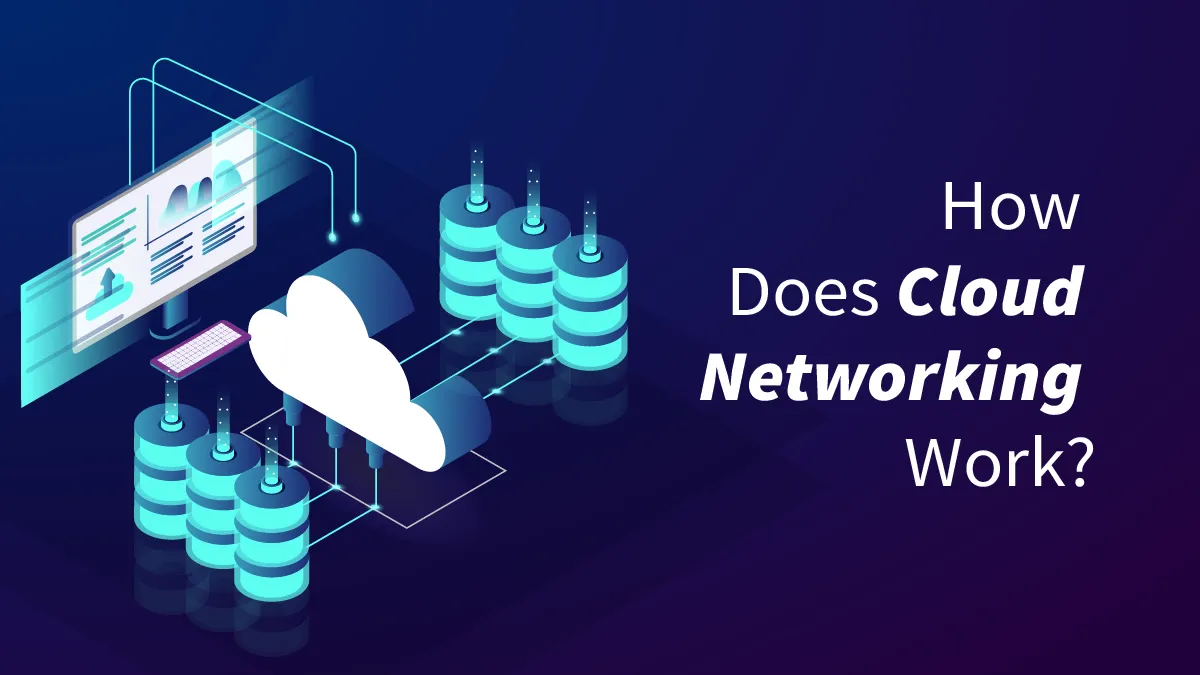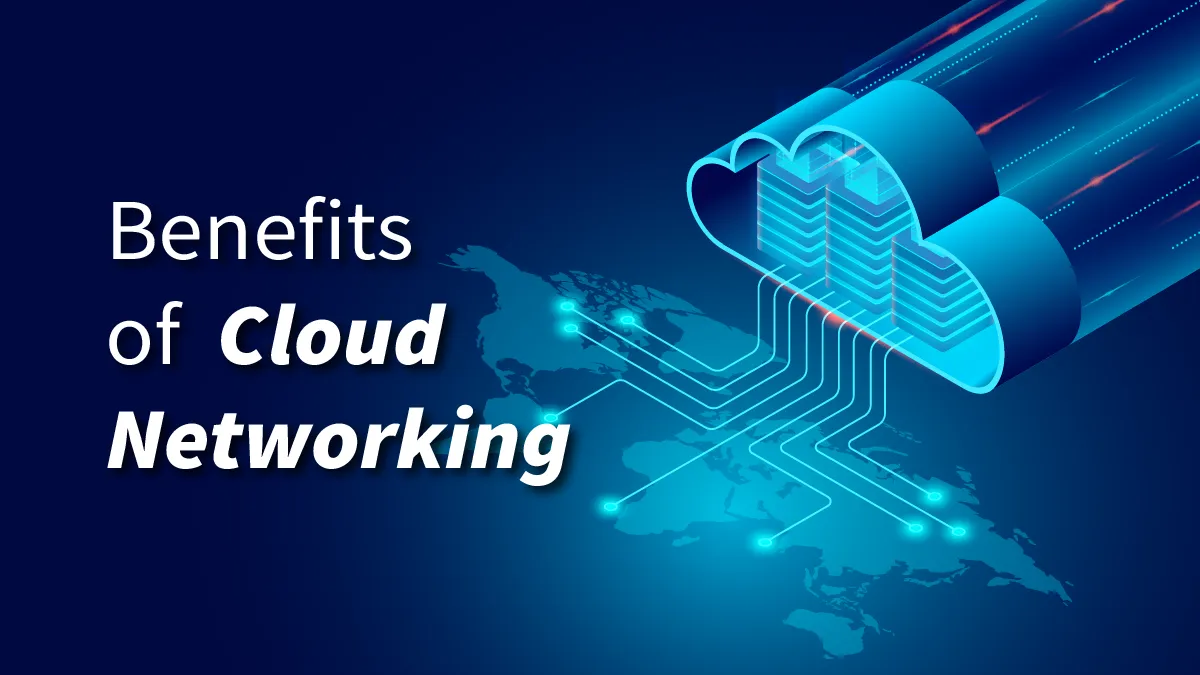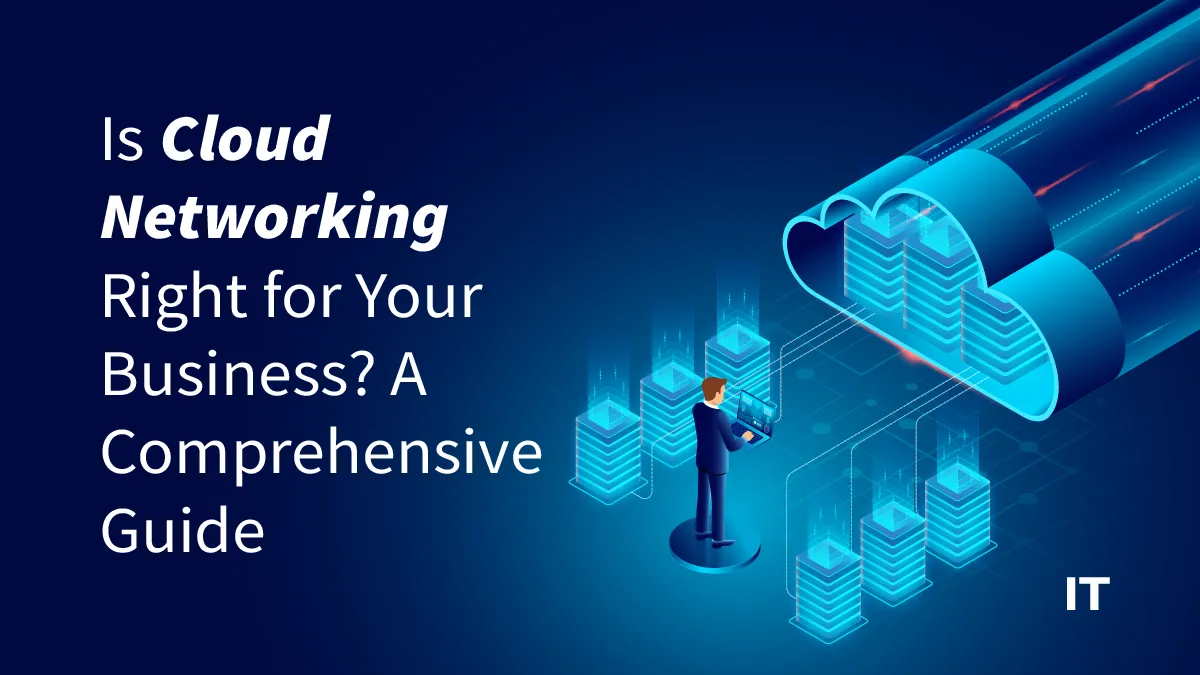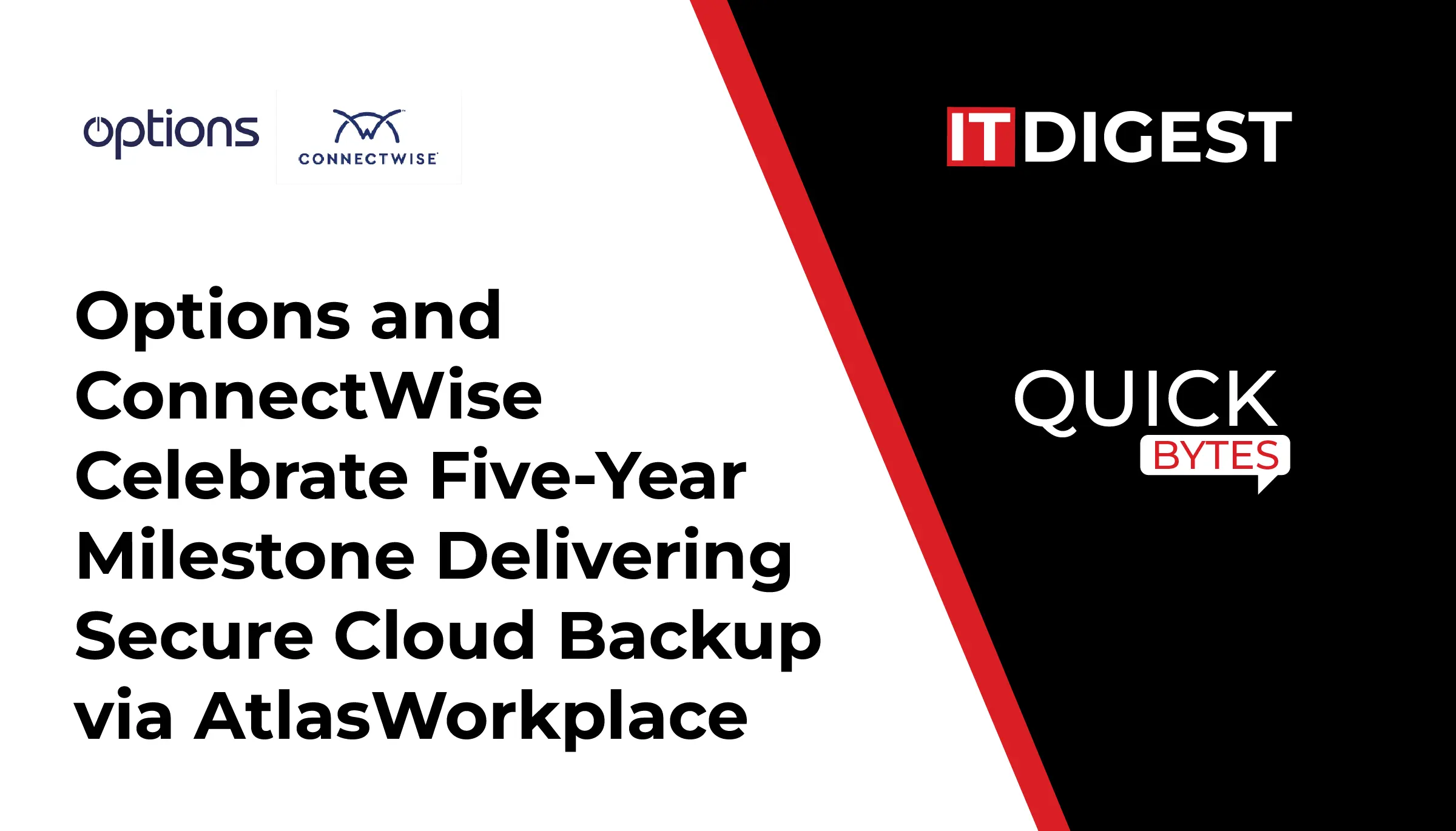Have you ever wondered how businesses connect their global operations? Plus, they ensure data flows smoothly across continents. The answer lies in cloud networking. It’s a new method that is changing how organizations connect in the digital age.
As companies adopt cloud computing for scalability and agility, traditional networking methods can’t keep up. Cloud networking is the hero. It offers flexibility, low costs, and better security. Also, it meets the needs of modern businesses.
We will explore the core concepts, benefits, and types, unraveling why it’s a cornerstone of digital transformation.
What is Cloud Networking?
Cloud computing refers to a kind of IT architecture. It stores some or all of an organization’s network resources in a public or private cloud. A service provider or internal staff manages the cloud. It makes the resources available on demand.
Businesses can create a private cloud using on-premises resources, a public cloud using cloud-based resources, or a hybrid cloud that combines the two. Examples of these network resources are virtual routers and firewalls. Also, bandwidth and network management software are included. Other tools and features may be made accessible as needed.
How Does Cloud Networking Work?
In the past, a company would rent a server from a local data center. Through a local telecom operator, the company would buy direct network links to it from office locations. Cloud-based virtual servers in the area are being used in cloud network configurations. Additionally, they use a cloud-based virtual private network and gateway to connect to office locations.
Cloud networking means using a cloud provider’s physical networking infrastructure. It is about virtual network topologies, configurations, and components. Your networks are software that you define and maintain. You may establish your own virtual local area networks (LANs) and wide area networks (WANs) utilizing cloud resources.
Virtualization
Virtualization makes cloud networking services possible. Software logic can define virtual routers, firewalls, load balancers, and entire network architectures. Cloud networking’s potential is now limited by the physical infrastructure that supports it. This is due to virtualization.
For example, a network cable with a high capacity can be multiplexed by a cloud service provider. Additionally, they can set up many virtual private network links that share the capacity and run on it. Providers have different capacities in their service packages. They specify the separate virtual links in software. Additionally, the links’ capabilities for off-peak savings may vary depending on the time of day. Major cloud service providers are Microsoft Azure, Oracle Cloud, Amazon Web Services (AWS), IBM Cloud, Google Cloud Platform (GCP), and Alibaba Cloud.
Virtual private clouds
A virtual private cloud (VPC) combines a cloud network with additional cloud resources. You can create a virtual private cloud network and use cloud network resources inside its boundaries with a VPC. A software-defined gateway and a VPN give you internet-based remote access. Logically, a virtual private cloud is distinct from a public cloud. A virtual private cloud (VPC) can be compared to your own virtual data center.
For example, your company can set up a subnet in a specific Availability Zone and Amazon Web Services (AWS) Region. Instances of Amazon Elastic Compute Cloud (Amazon EC2) and additional cloud services can be added to it. With EC2 instances in a different Availability Zone, you can also create an additional subnet. It will share network traffic between the two.
Public
A platform of servers, databases, apps, and storage is accessible to the public via public cloud networks managed by a third party. This kind of cloud network offers the IT department of a company a system that can manage high capacity demands at a minimal setup cost. Many virtual desktops can access the system at once with minimal downtime. This is due to the network’s multi-latency coverage.
Hybrid cloud networking
Not every networking resource and component used in a cloud network must be cloud-based. For instance, you can use the public internet and traditional networking infrastructure. They can link cloud networks to on-premises data centers and branch sites. Hybrid cloud networking is flexible and scalable. It lets you control sensitive workloads.
Also Read: 10 Must-Have Open Source Collaboration Tools to Power Up Your Team
Benefits of Cloud Networking
● Scalability
In the on-premises environment, an organization is constrained by the hardware capabilities that it possesses. To improve network performance, it must buy extra resources. This requires setup, maintenance, and time. The cloud network, on the other hand, can grow to the total throughput needed to prevent it from becoming the bottleneck. Additionally, a few clicks are used to release resources that are no longer needed. This shows that the pay-as-you-go cloud networking model can handle throughputs over trillions of packets per second.
● Low Latency
If the destination is far distant, on-premises internet connections may result in longer latency. Cloud providers allow app deployment in several global locations. An organization may choose to install the apps closer to its clients. Low latency boosts server use and app performance. So, it will enable microsecond latency across the network.
● Self-Healing Resilience
Having applications with almost flawless uptime is made simple by the cloud network. Apps and workloads can have failover instances operating concurrently with high-availability settings.
● Extensible Management
Cloud network lets admin update their hardware and software easily. Network admins can easily deploy patches, run backups, and troubleshoot. The cloud provider handles the on-demand hardware.
Why is Cloud Networking Important?
In the past, networking required managing physical hardware such as servers, switches, and routers. They were arranged neatly—or not so neatly—in a data center. In addition to the space and knowledge needed to keep things running smoothly, it necessitated a large capital commitment.
Everything changed as the cloud appeared. It removes physical limits by virtualizing all your resources. It makes them available whenever you need them.
Cloud networking may be complex. But, its core elements enable it to function:
- Virtual networks: Without the physical constraints of traditional networks, virtual networks precisely route traffic to its destination.
- Cloud routers: These devices control and route data throughout the network to guarantee that it gets to its destination effectively.
- Load balancers: By distributing incoming requests evenly, load balancing makes sure that no single server is overloaded and that everything functions as intended.
Cloud Networking vs. Traditional Networking Models
Traditional networking focused on managing a fixed set of resources within physical limits. In contrast, cloud networking is scalable, dynamic, and available from any location. It’s about being able to access a global network without having to worry about the infrastructure.
You can quickly set up a virtual network with virtual routers and load balancers using a cloud network. This elasticity lets your company quickly adjust to changing demands. You can scale up during busy times and down when it’s slow. No physical changes are needed.
To Conclude
Cloud networking is more than a tech advance. It is the backbone of a hyper-connected world where agility, scalability, and security are key. As businesses move to the cloud, using cloud network is a must to stay competitive. It’s not just a trend. By bridging the gap between traditional networks and cloud environments, it empowers organizations to innovate faster and operate more efficiently.
































